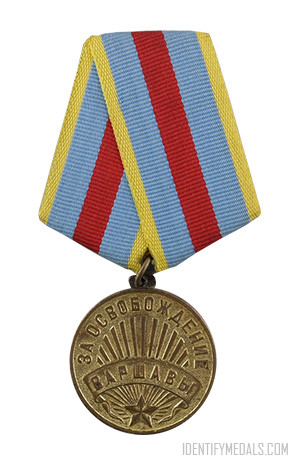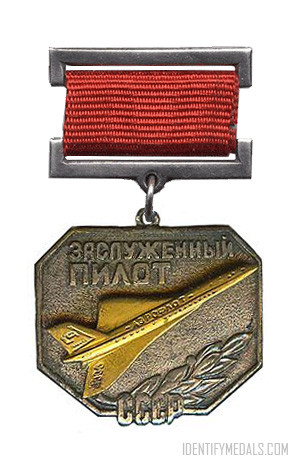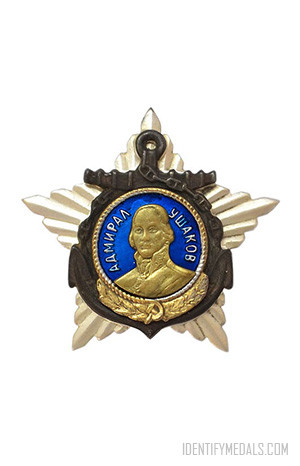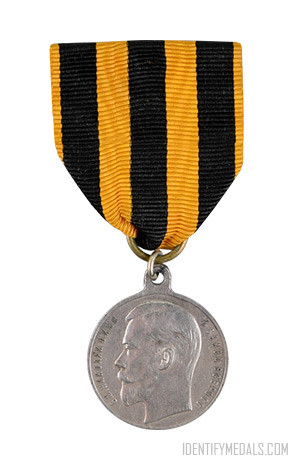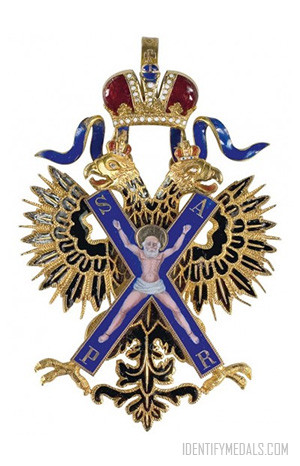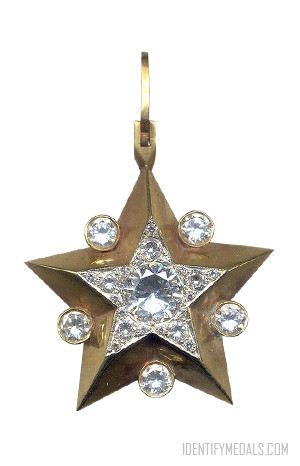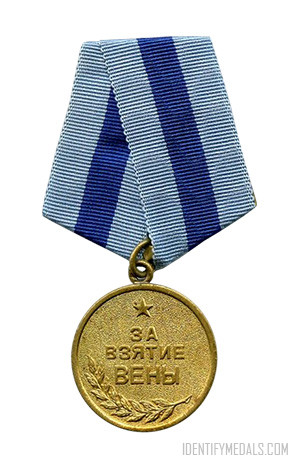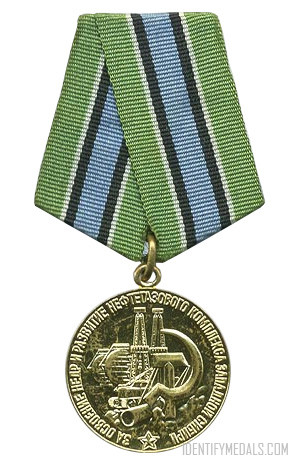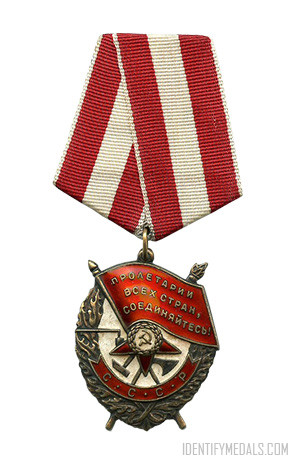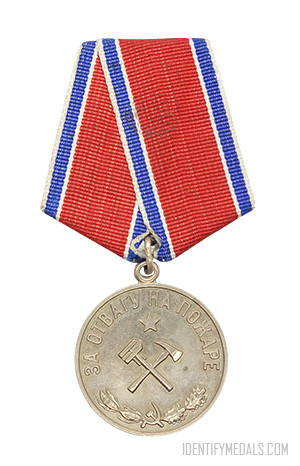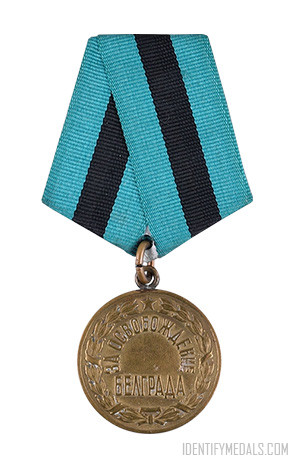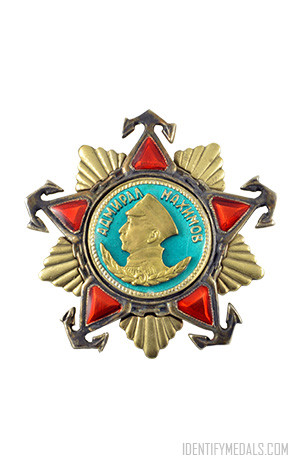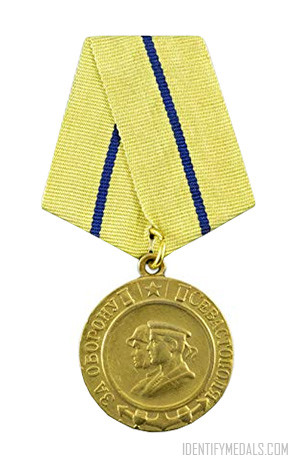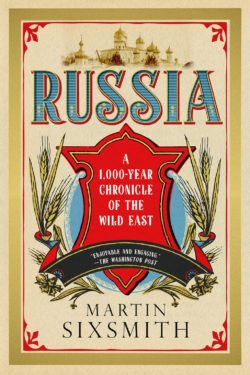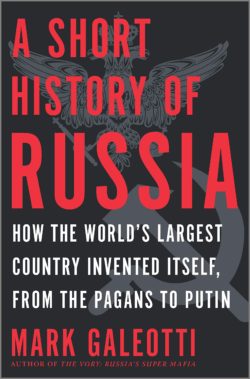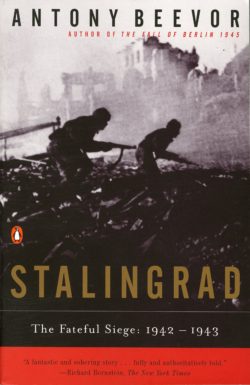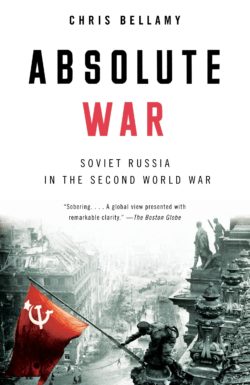- Time Period: Second World War
- Year of Institution: 9 June 1945
- Country: Russia & USSR
The Medal for the Liberation of Warsaw (or Медаль «За освобождение Варшавы», Medal «Za osvobozhdenie Warshavy» in Russian) was established on 9 June 1945 by decree of the Presidium of the Supreme Soviet of the USSR and awarded to Soviet service personnel who took part in the liberation of Warsaw between the 14 and 17 January 1945.
The medal was awarded to soldiers of the Red Army, Navy, and troops of the NKVD, direct participants of the heroic assault and liberation of the city of Warsaw as well as to the organizers and leaders of combat operations in the capture of this city. Serving military personnel received the medal from their unit commander, retirees from military service received the medal from a regional, municipal, or district military commissioner in the recipient’s community.
The Medal for the Liberation of Warsaw Design
The medal was 32mm in diameter, circular, and made of brass, with a raised rim on the obverse. It was worn on the left side of the chest.
On its obverse along the upper half of the medal’s circumference, the relief inscription «ЗА ОСВОБОЖДЕНИЕ» (“FOR THE LIBERATION OF”), at the bottom, a relief five-pointed star radiating divergent rays upwards, superimposed over the rays, a ribbon bearing the relief inscription «ВАРШАВЫ» (“WARSAW”). On the reverse at the top, a relief plain five-pointed star over the relief date in three rows «17 ЯНВАРЯ 1945» (“17 JANUARY 1945”).
The Medal “For the Liberation of Warsaw” was secured by a ring through the medal suspension loop to a standard Soviet pentagonal mount covered by a 24mm wide blue silk moiré ribbon with 2mm yellow edge stripes and a 6mm wide central red stripe.

